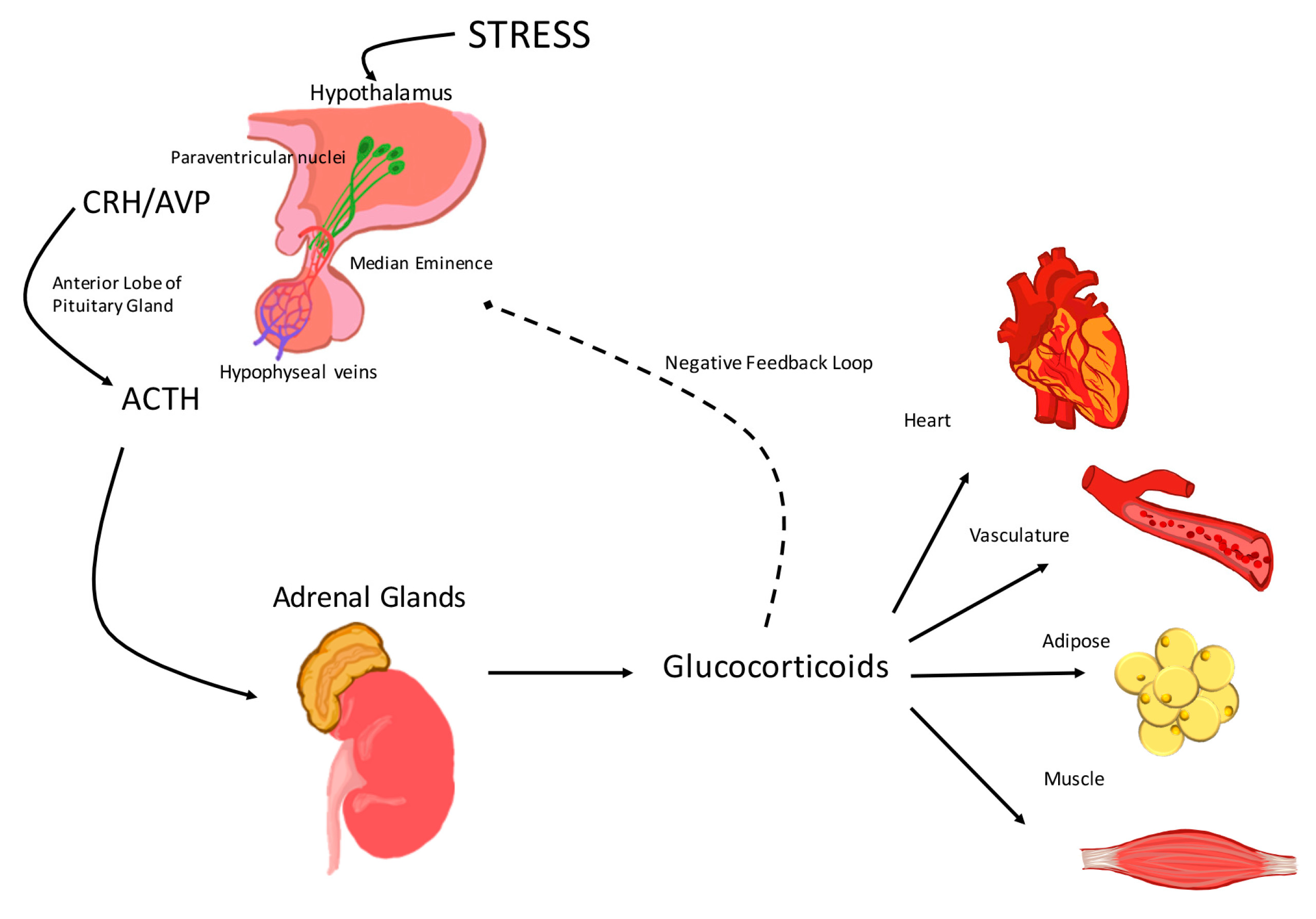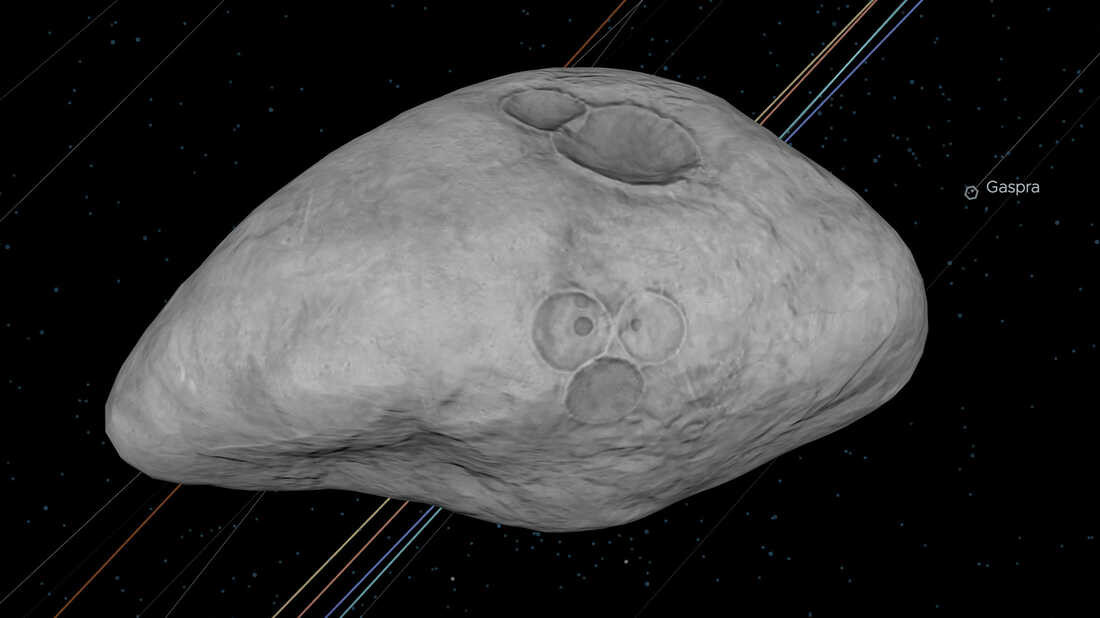A New Pathway for Stress-Induced Glucose Release: How Your Body Fights Stress by Boosting Sugar Levels
When we encounter stress, our bodies go into overdrive, releasing a surge of glucose into the bloodstream to provide us with the energy we need to cope with the perceived threat. This rapid glucose release is a critical survival mechanism, allowing us to respond quickly to potential danger. While scientists have long known about the major pathways involved in stress-induced glucose release—the hypothalamus-pituitary-adrenal (HPA) axis and the sympathetic-adrenal-medullary (SAM) axis—a recent study published in Nature Communications by a team led by Researcher LIU Ji from the University of Science and Technology of China (USTC) of the Chinese Academy of Sciences (CAS) has revealed a previously unknown pathway that plays a crucial role in this process.
A New Pathway: The Hypothalamus-Sympathetic-Liver (HSL) Axis
This new pathway, which the researchers call the hypothalamus-sympathetic-liver (HSL) axis, operates independently of the adrenal glands, offering a faster and more efficient way for the body to release glucose in response to stress. The discovery challenges the long-held belief that the adrenal glands are solely responsible for mediating stress-induced glucose release.
How the HSL Axis Works
The HSL axis involves a complex interplay between different parts of the brain and the liver. It begins in the paraventricular nucleus (PVNCRH) of the hypothalamus, a region of the brain that plays a crucial role in regulating stress responses. The researchers used virus tracing and optogenetic techniques to map the neural pathway from the PVNCRH to the ventromedial hypothalamus (VMH).
They found that activation of corticotropin-releasing hormone (CRH) neurons in the PVNCRH triggers the release of CRH, which then travels to the VMH. CRH receptors, particularly CRH receptor subtype 2 (CRHR2), play a critical role in this process. The researchers demonstrated the importance of CRHR2 in glucose regulation by using CRH receptor antagonists and genetic knockout models. They found that blocking or removing CRHR2 significantly reduced the stress-induced glucose release, highlighting its essential role in this process.
The Liver's Role in Glucose Release
The study also uncovered the crucial role of the liver in the HSL axis. The researchers showed that the sympathetic nervous system, a part of the autonomic nervous system that controls involuntary bodily functions, directly innervates the liver, influencing glucose metabolism. By activating CRHR2 in the VMH via optogenetic stimulation, the researchers revealed that the VMHCRHR2 receives projections from CRH and regulates hepatic gluconeogenesis (the process of creating glucose from non-carbohydrate sources) through sympathetic innervation. This finding identified the HSL axis as an adrenal-independent neural pathway for rapid glucose release.
HSL Axis vs. Adrenal-Dependent Pathways
The researchers compared the time windows of adrenal-dependent and adrenal-independent regulation and found that the HSL axis mediates the fast stage of glucose release, while the delayed stage is regulated by adrenal hormones. This discovery provides further evidence for the HSL axis's role in quickly mobilizing glucose during stressful situations.
Implications for Understanding Stress-Related Metabolic Disorders
The identification of the HSL axis opens new avenues for understanding stress-related metabolic disorders. By uncovering a previously unknown pathway for stress-induced glucose release, the researchers provide crucial insights into glucose homeostasis and potential therapeutic targets for conditions like type 2 diabetes and obesity, both of which are linked to chronic stress. Further research is needed to explore the HSL axis's role in these conditions and its potential as a therapeutic target for future treatments.
A New Era of Stress Research?
This groundbreaking discovery could usher in a new era of stress research, focusing on the complex interactions between the nervous system and the liver in regulating glucose metabolism. Understanding the HSL axis's role in stress-induced glucose release could lead to innovative strategies for managing stress-related health issues, ultimately improving the health and well-being of individuals facing stress-related challenges.

















